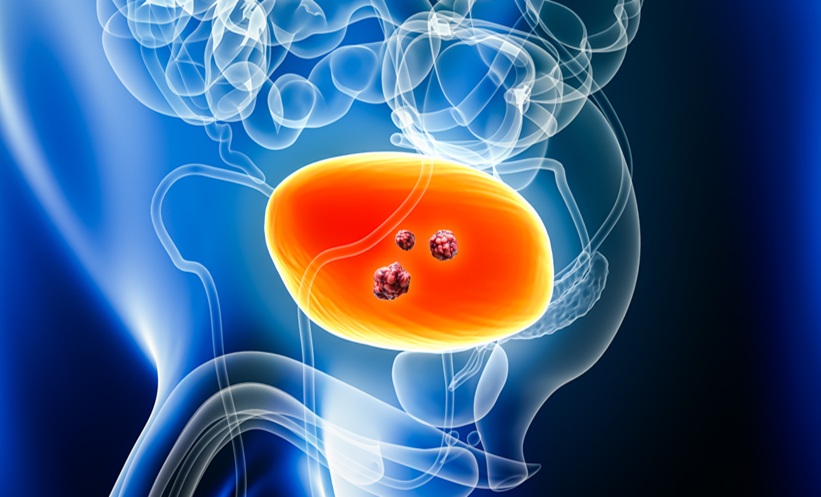Abstract
The management of lower urinary tract symptoms due to benign prostatic hyperplasia (BPH) is one of the most topical areas in urology. Although most patients are adequately managed conservatively, many still require surgery to reduce bladder outlet obstruction or relieve symptoms by removing the inflamed adenomatous tissue. Transurethral resection of the prostate (TURP) remains the gold standard treatment in all national and international guidelines, with open prostatectomy and laser enucleation reserved for patients with a prostate >80 ml. The current trend in the surgical management of BPH is threefold: replacing open prostatectomy with transurethral enucleation of the adenoma, managing high-risk patients by photoselective vaporisation of the prostate thus minimising blood loss, and moving BPH surgery to ambulatory day surgery and one-day surgery units in selected patients. Laser enucleation has been pioneered using the Holmium laser, although the GreenLightTM laser has been recently proposed as an alternative approach. The absence of any bleeding in photovaporisation of the prostate allows surgery to be performed in a growing population of patients on anti-aggregant and anticoagulant medications. Randomised trials of the GreenLight XPSTM laser with the MoXy™ fibre versus TURP proved the effectiveness of photovaporisation in the surgical management of BPH and suggested that 50% of patients could be discharged within 24 hours. The demand for BPH surgery remains high and urologists have rapidly adapted to the increasing demand for minimally invasive surgery. Prostate surgery evolved from a heroic procedure that remained in the memories of the entire patient family for life into a day-case procedure, and the future hopefully holds ejaculation-sparing surgery.
Please view the full content in the pdf above.








